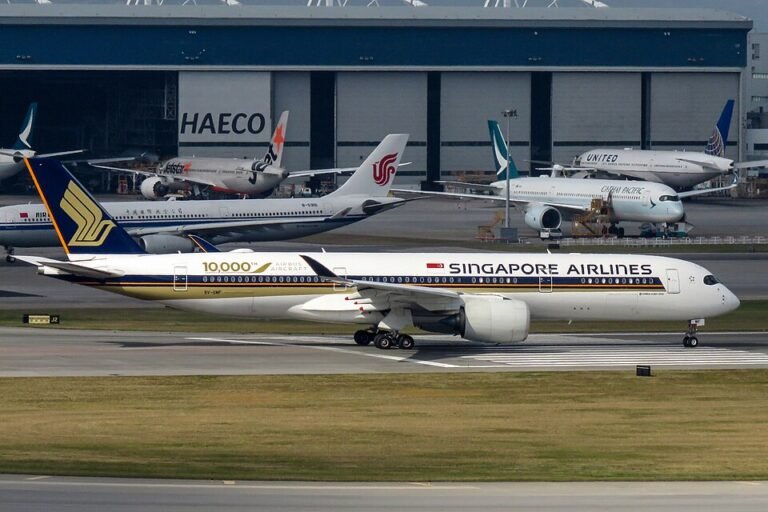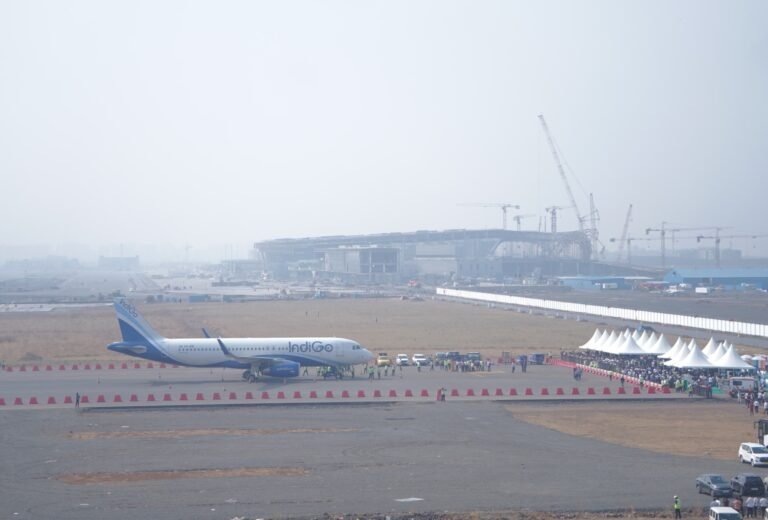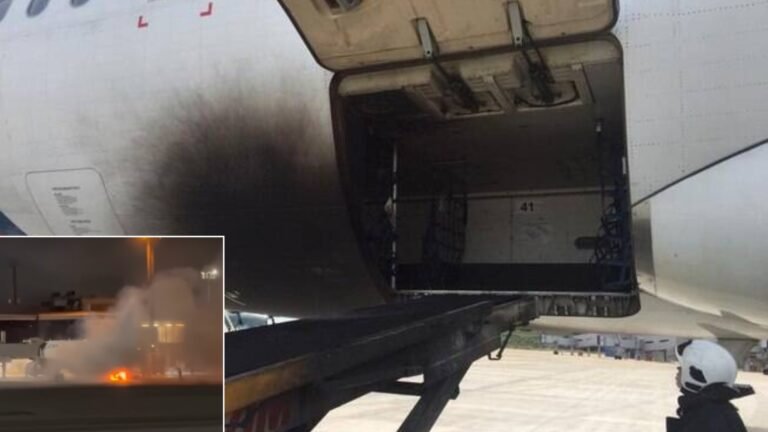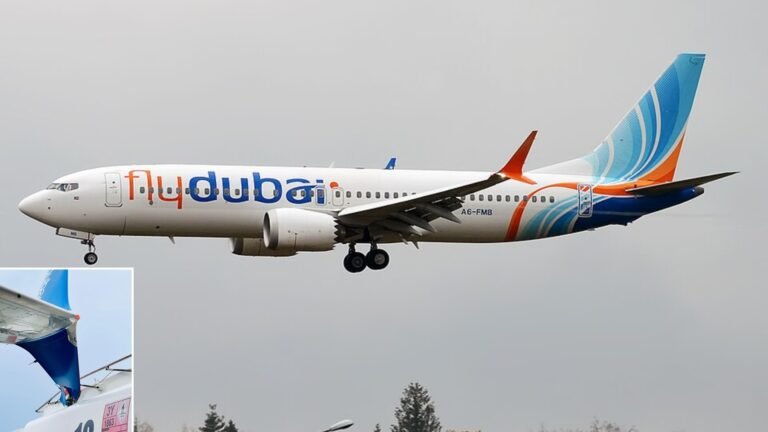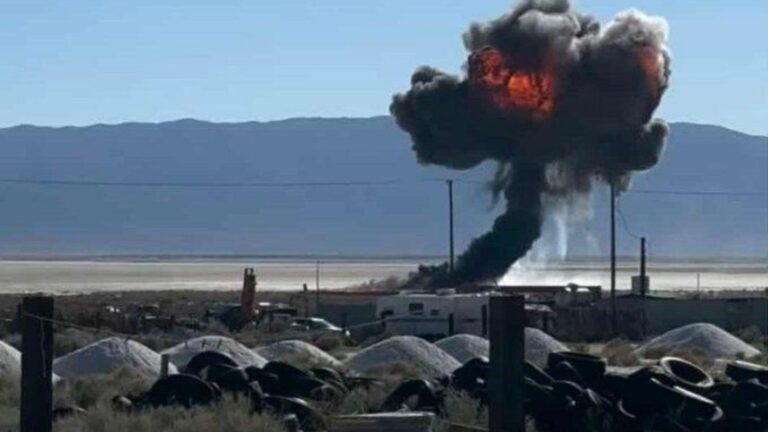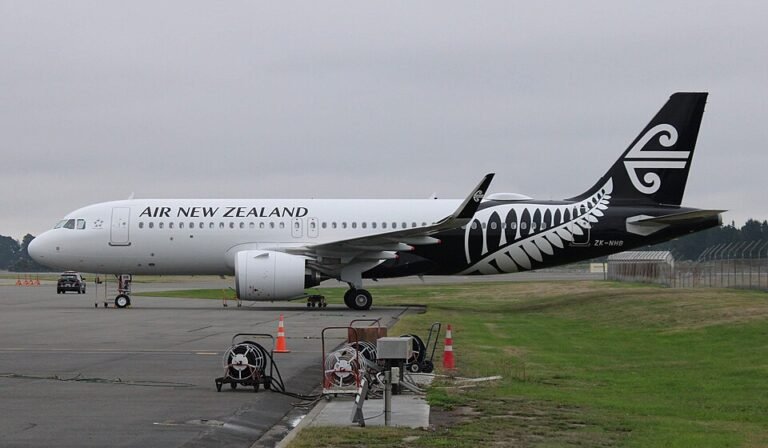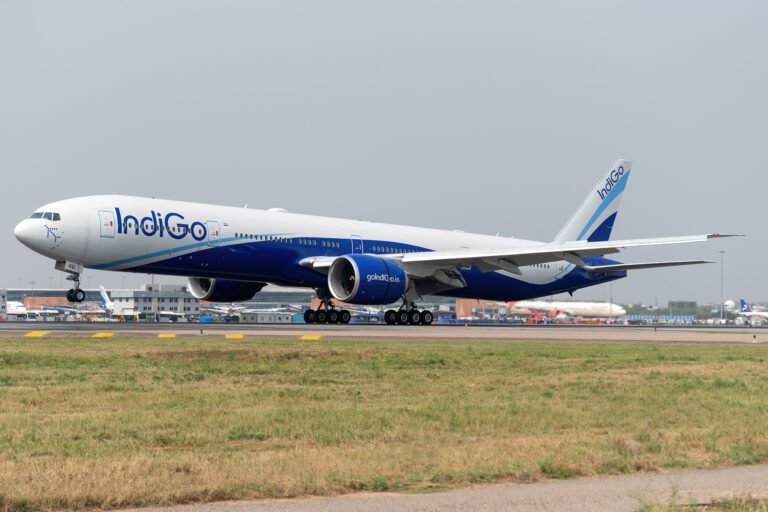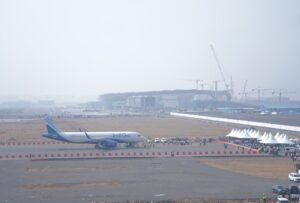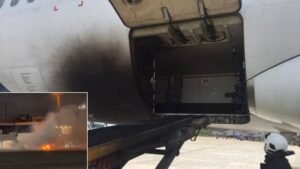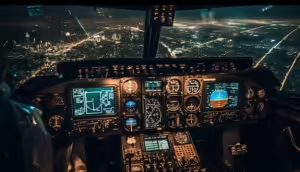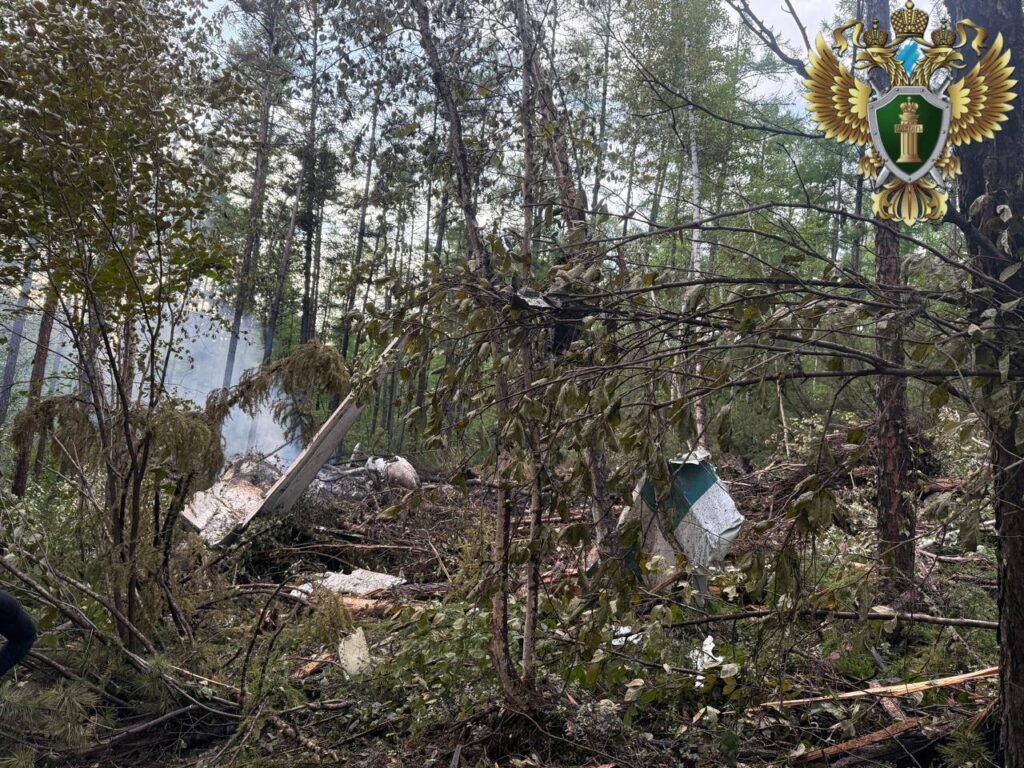
Tynda, Russia: A passenger aircraft operated by Angara Airlines crashed during its final approach to Tynda Airport in Russia’s Amur region on Wednesday, killing all 48 people on board. The crash occurred amid poor weather conditions and has prompted an official investigation by multiple federal and regional agencies.
Aircraft Disappeared from Radar During Second Approach
According to a statement from Rosaviatsiya, Russia’s Federal Air Transport Agency, the Antonov An‑24 aircraft was conducting a scheduled domestic flight from Blagoveshchensk to Tynda when it vanished from radar during a second landing attempt at approximately 10:30 a.m. local time. No distress call was issued by the flight crew prior to disappearance.
The aircraft was located approximately 15 kilometers south of Tynda Airport, in heavily wooded terrain. Aerial reconnaissance by a Mi-8 helicopter from the Russian Emergencies Ministry visually confirmed the wreckage and noted that the fuselage was engulfed in flames at the time of discovery. Rescue teams were dispatched to the crash site by ground due to smoke and poor visibility preventing helicopter landings.
No Survivors; Emergency Response Mobilized
The Amur Regional Governor, Vasily Orlov, confirmed through an official statement that all 48 occupants (42 passengers and 6 crew members) perished in the accident. Among the deceased were five children.
The Russian Emergencies Ministry deployed over 149 personnel and 21 units of equipment to the scene. The search and recovery operations have been hampered by steep terrain, dense forest cover, and lack of direct road access to the crash site. Authorities reported the fire had been extinguished by the time rescue teams reached the fuselage.
Governor Orlov announced three days of official mourning in the Amur region beginning July 25. He also stated that psychological support services and family coordination centers have been established for the victims’ relatives.
Criminal Investigation Launched
The Investigative Committee of the Russian Federation has opened a criminal case under Article 263 of the Criminal Code, which addresses violations of transportation safety rules that result in fatalities. In a statement, Committee spokesperson Svetlana Petrenko confirmed that forensic experts, flight safety inspectors, and federal investigators have been dispatched to collect evidence from the site.
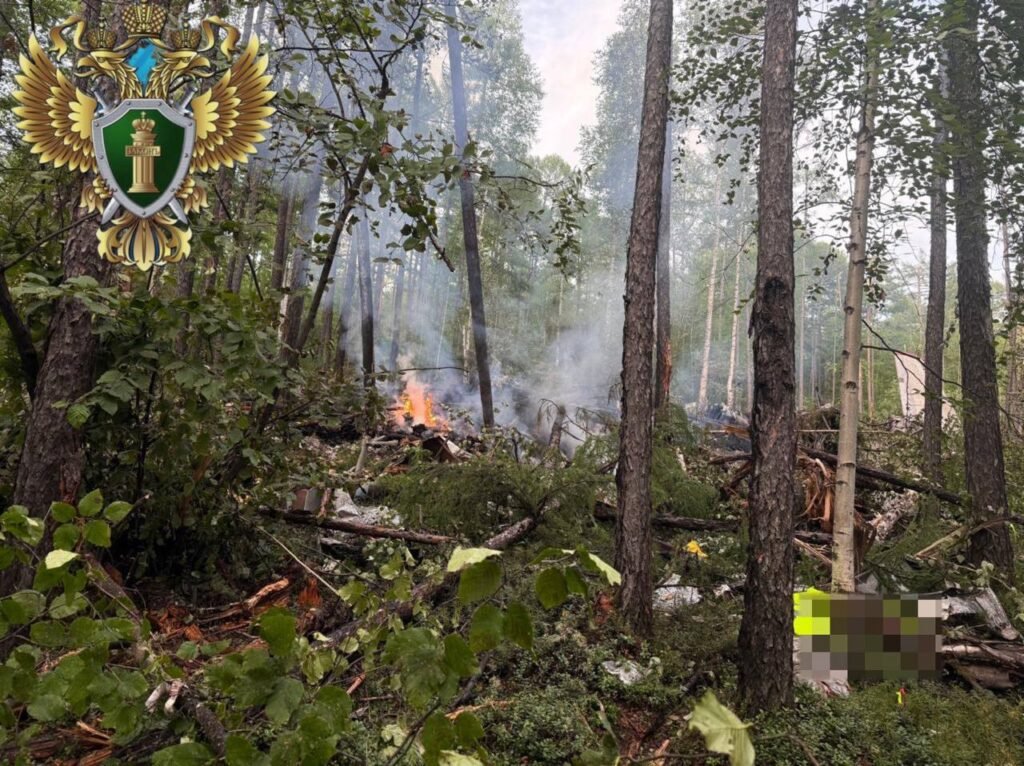
The Far Eastern Transport Prosecutor’s Office is overseeing compliance with aviation safety protocols and maintenance documentation related to the flight and the airline. A joint technical commission has been formed to inspect aircraft logs, air traffic communication records, and crew qualifications.
Aircraft Details and Maintenance Records
The aircraft involved in the crash was a twin-engine Antonov An‑24, manufactured in 1976. Though several decades old, it was confirmed by Rosaviatsiya and Angara Airlines that the aircraft had passed its most recent technical inspection and was deemed airworthy.
However, public records indicate that the aircraft had been involved in at least four minor incidents since 2018, including engine-related technical alerts. Investigators have not yet commented on whether previous mechanical issues may be linked to the crash.
Russian President Vladimir Putin was briefed immediately following the incident. Kremlin spokesperson Dmitry Peskov stated that President Putin expressed condolences to the families of the victims and called for a comprehensive federal-level investigation.
Prime Minister Mikhail Mishustin ordered the formation of a high-level commission to oversee the investigation and response. The commission will coordinate between federal aviation bodies, law enforcement, and the airline. The Prime Minister also instructed regional administrators to facilitate financial compensation and logistical support for next of kin.
Preliminary Findings and Weather Conditions
Although the final cause remains under investigation, initial assessments by emergency services and reported by TASS, Russia’s state news agency, suggest that crew error during landing in low-visibility conditions may have contributed to the crash. Visibility in the Tynda area was reported to be severely reduced due to fog and overcast conditions at the time of the attempted landing.
Flight data recorders (black boxes) are being retrieved and will be analyzed by the Interstate Aviation Committee (IAC). No timeline has been issued for the preliminary report.

